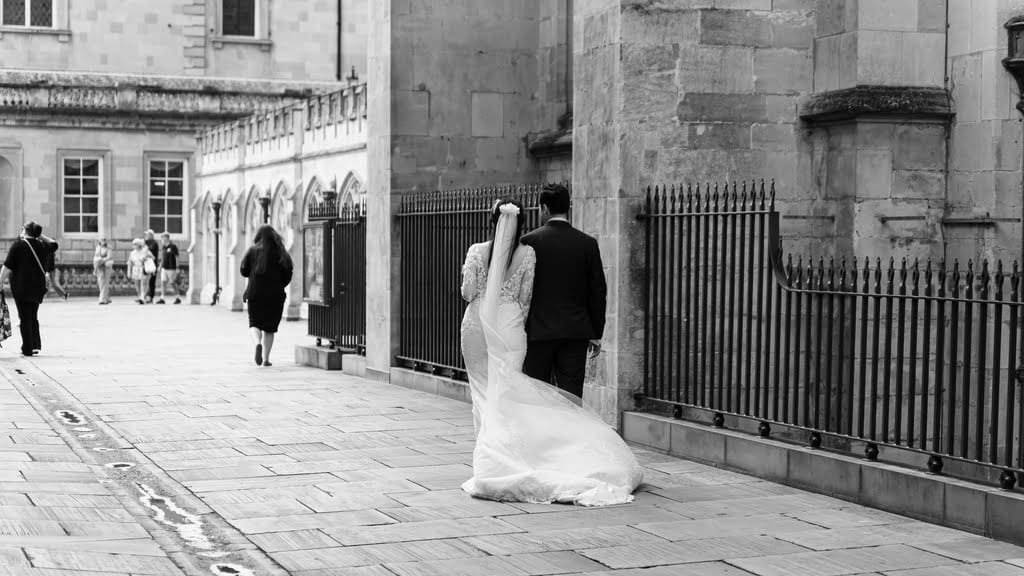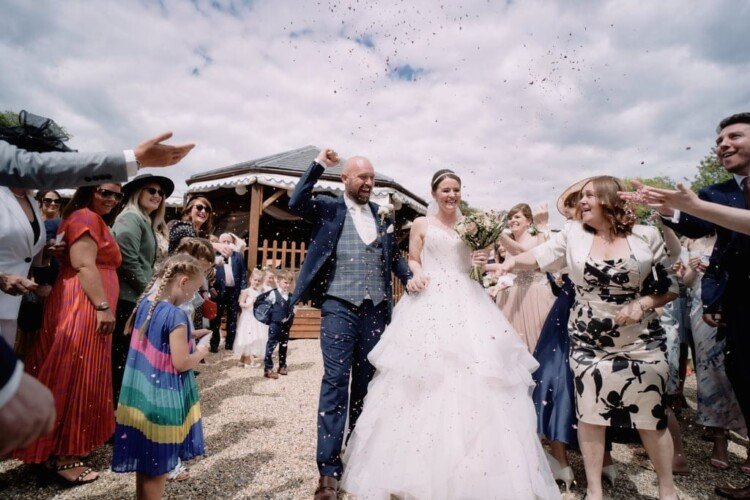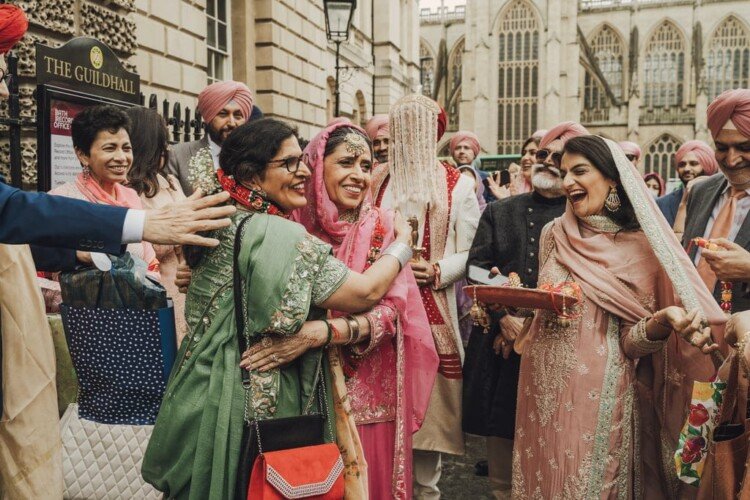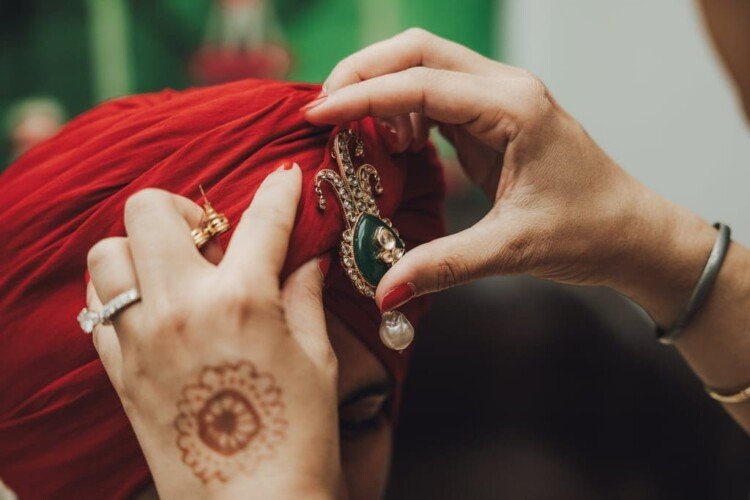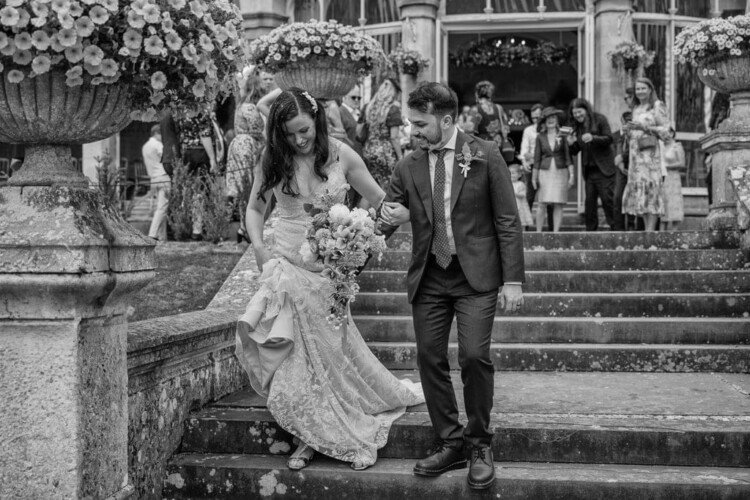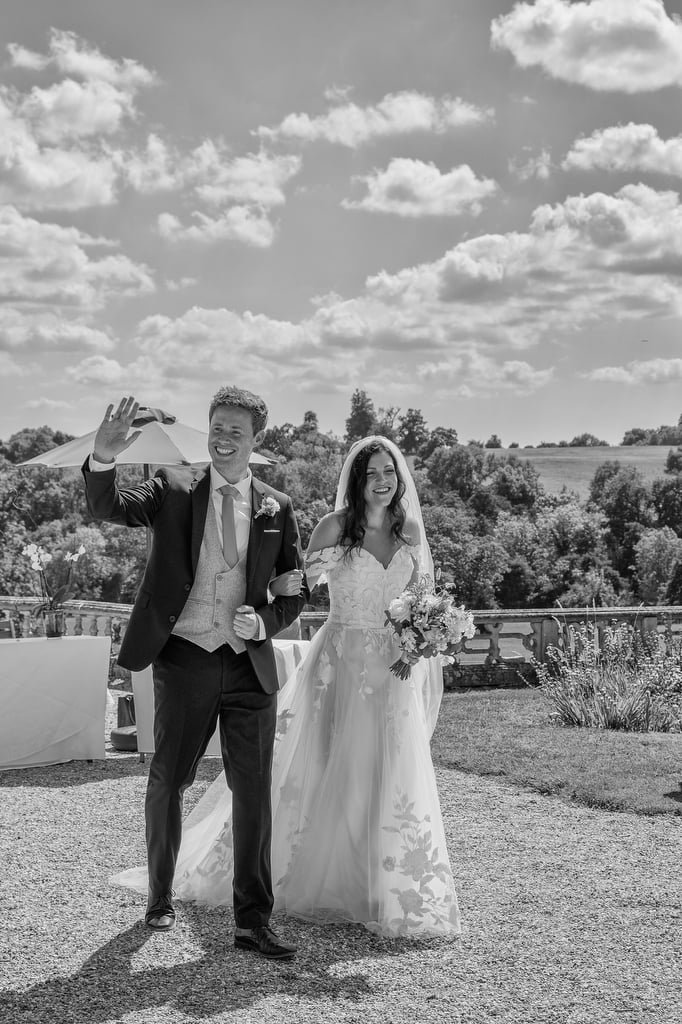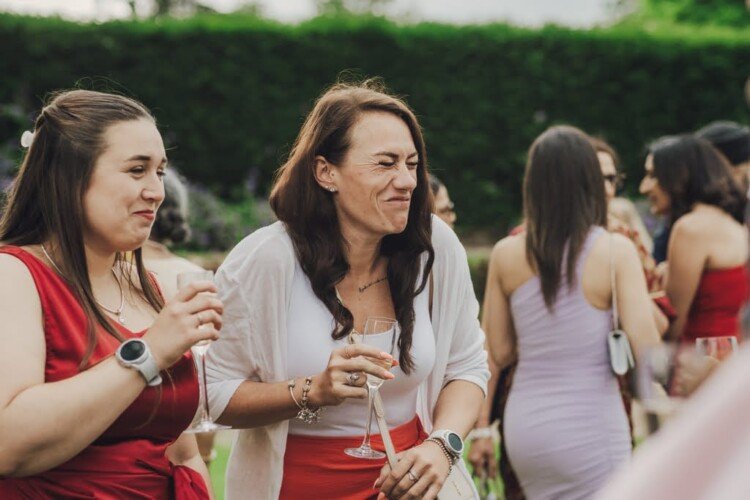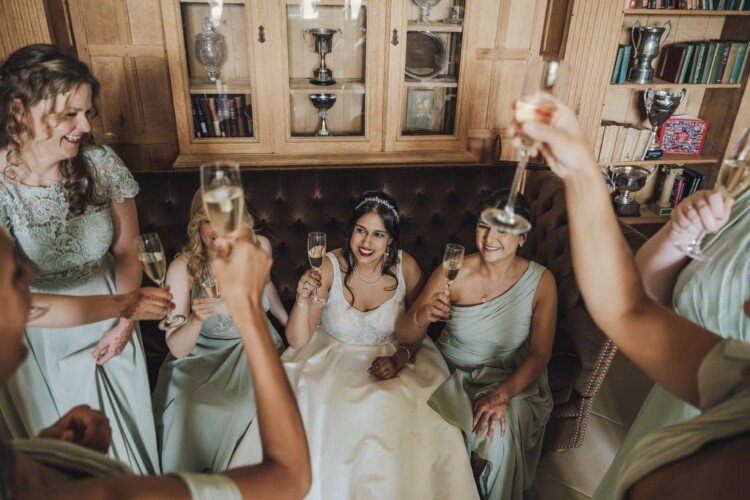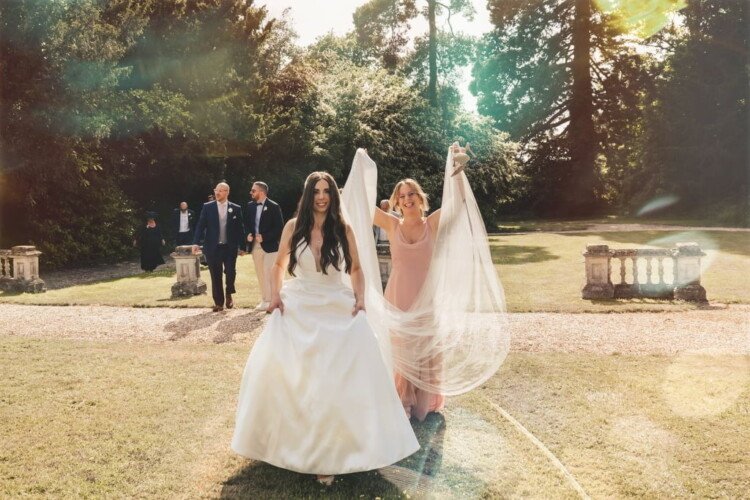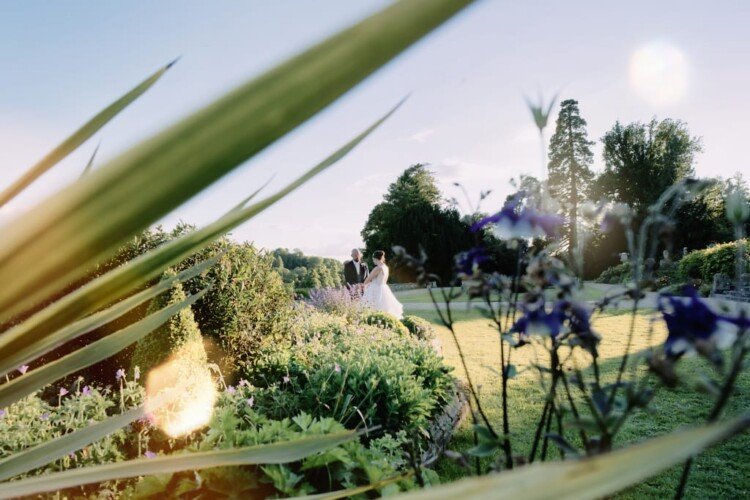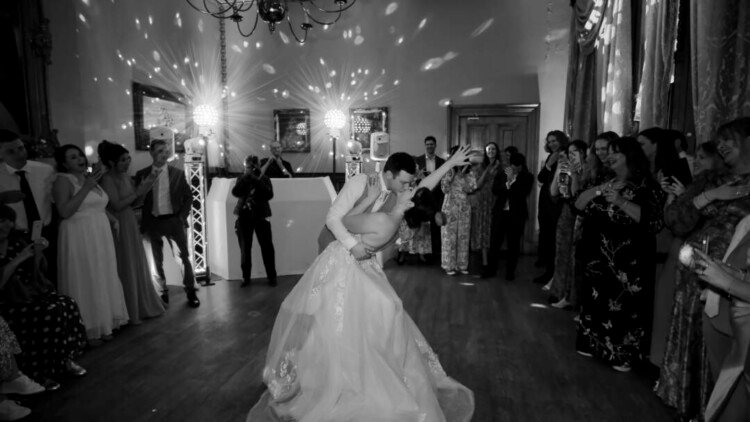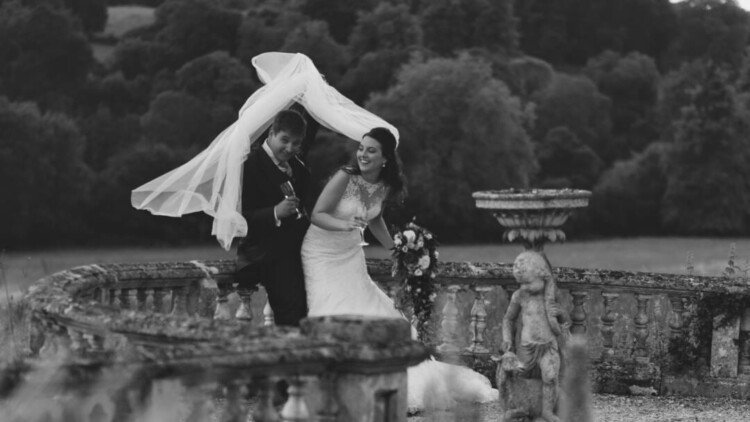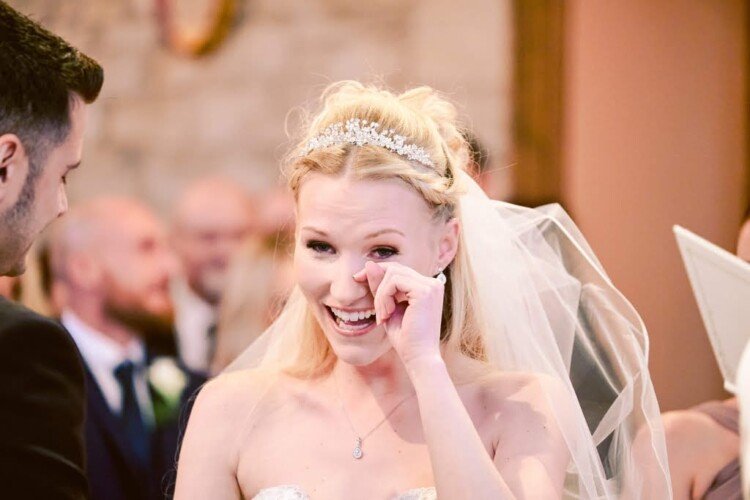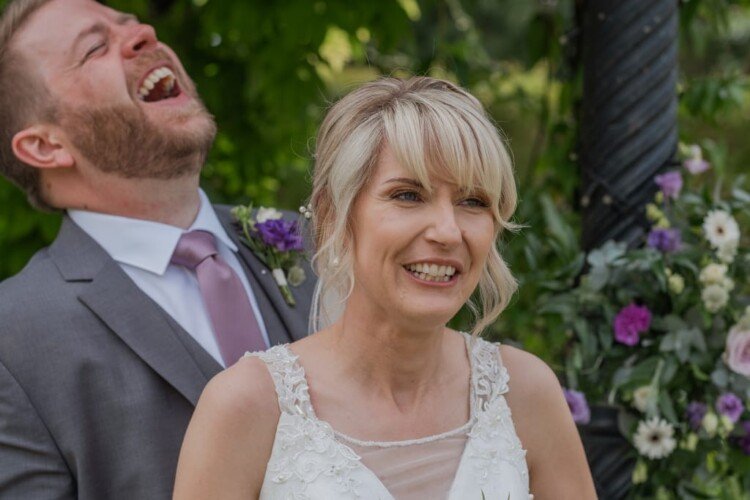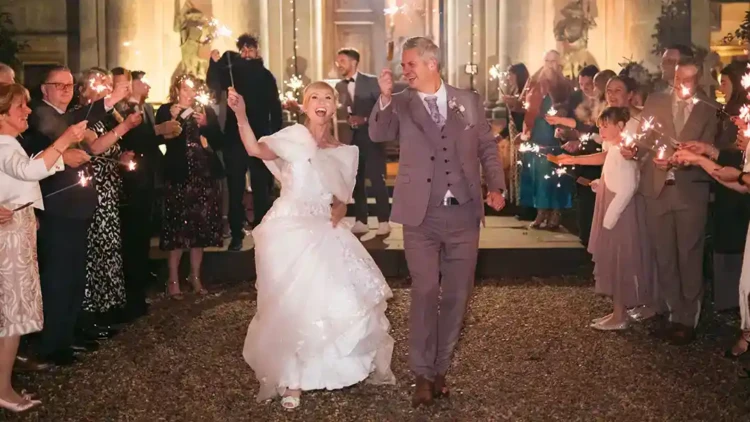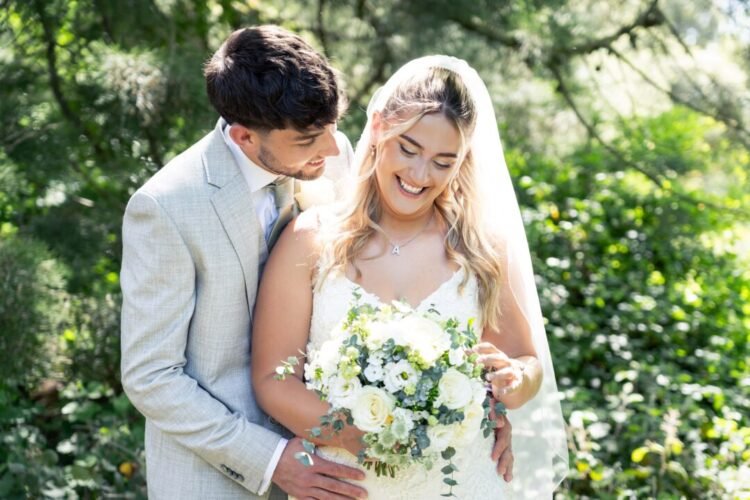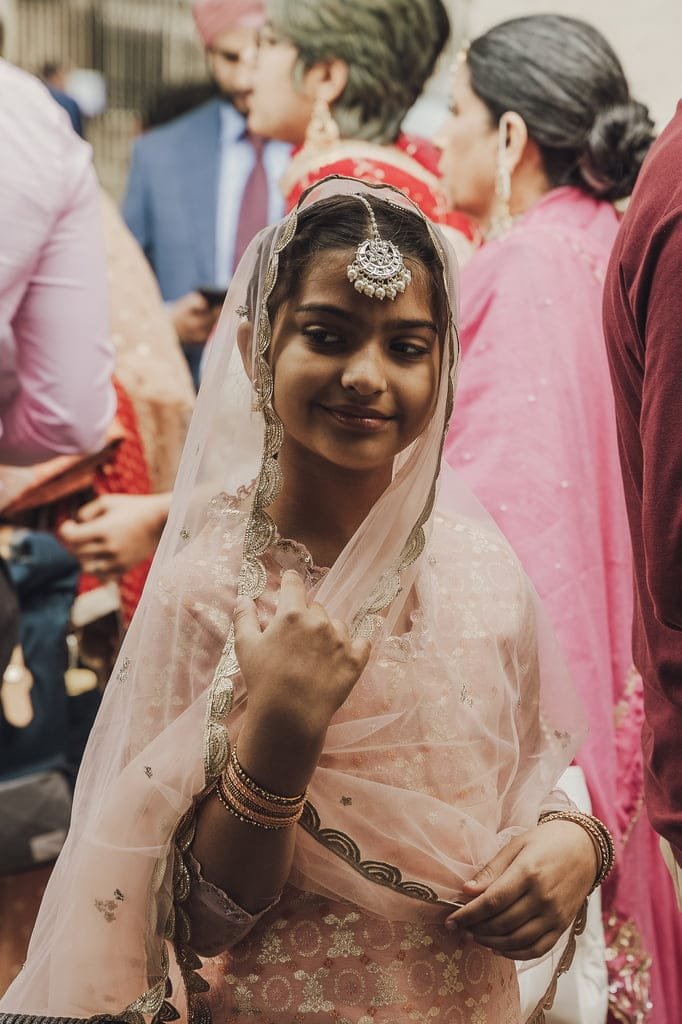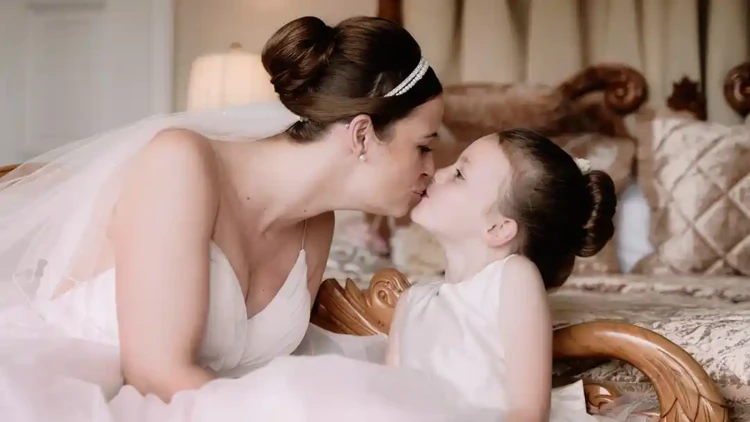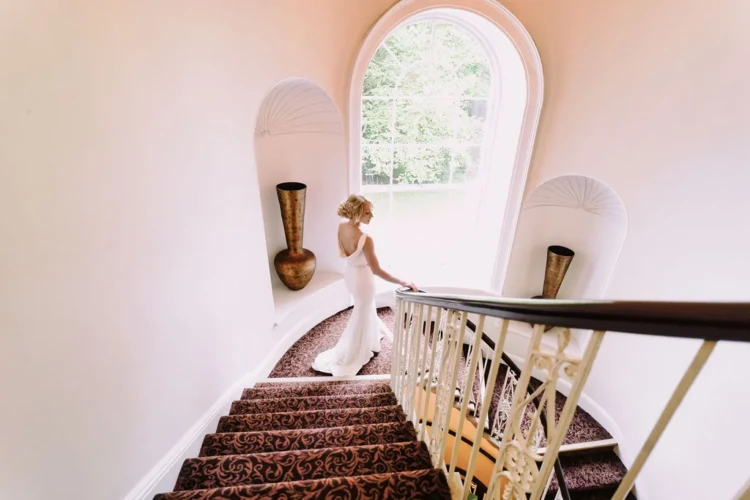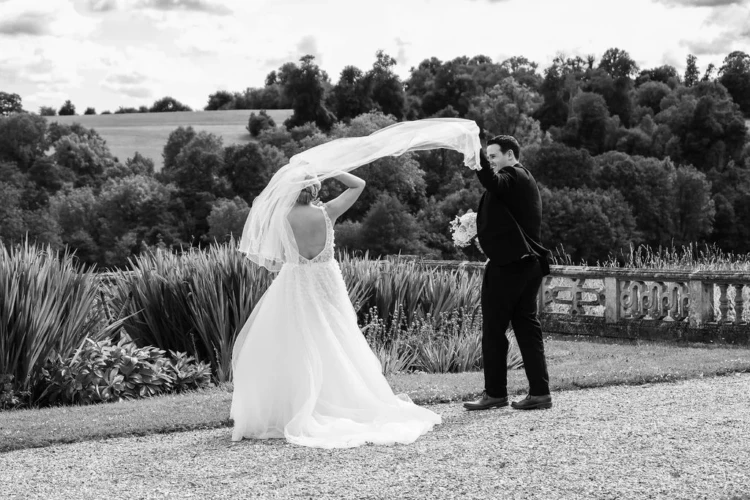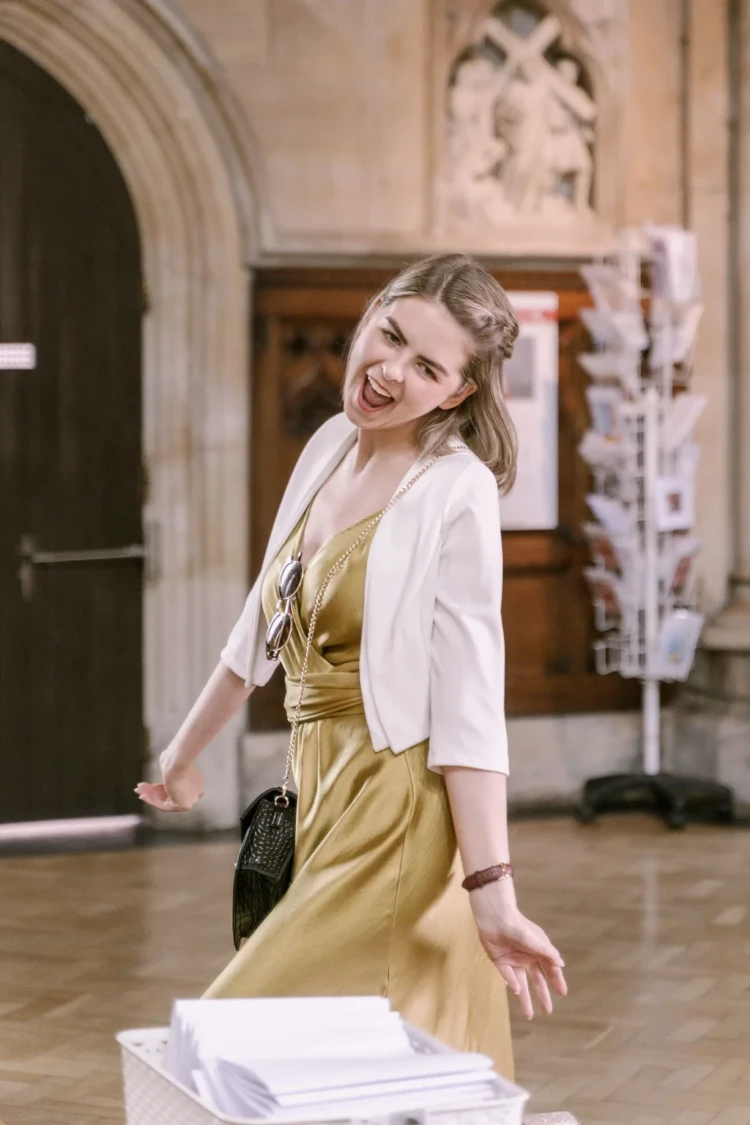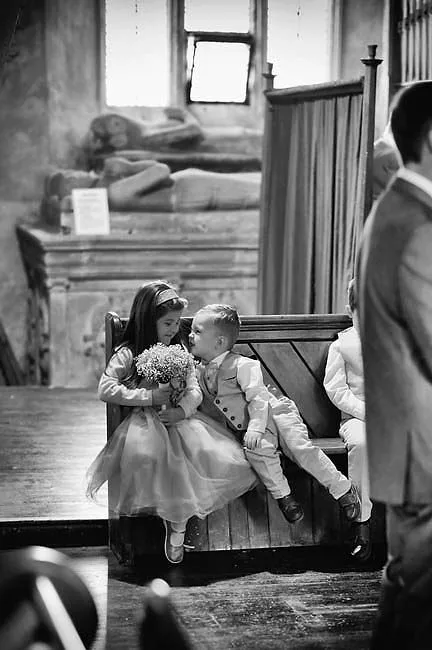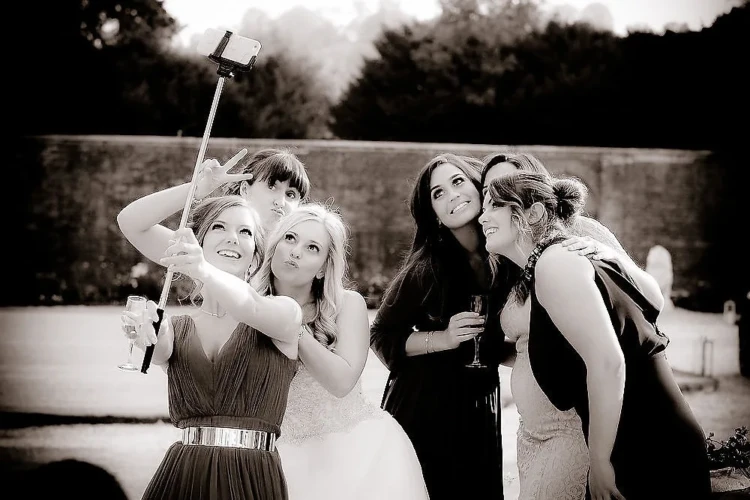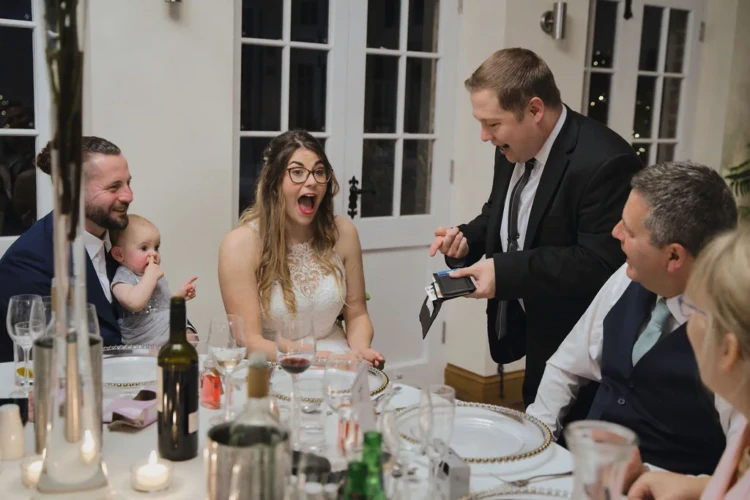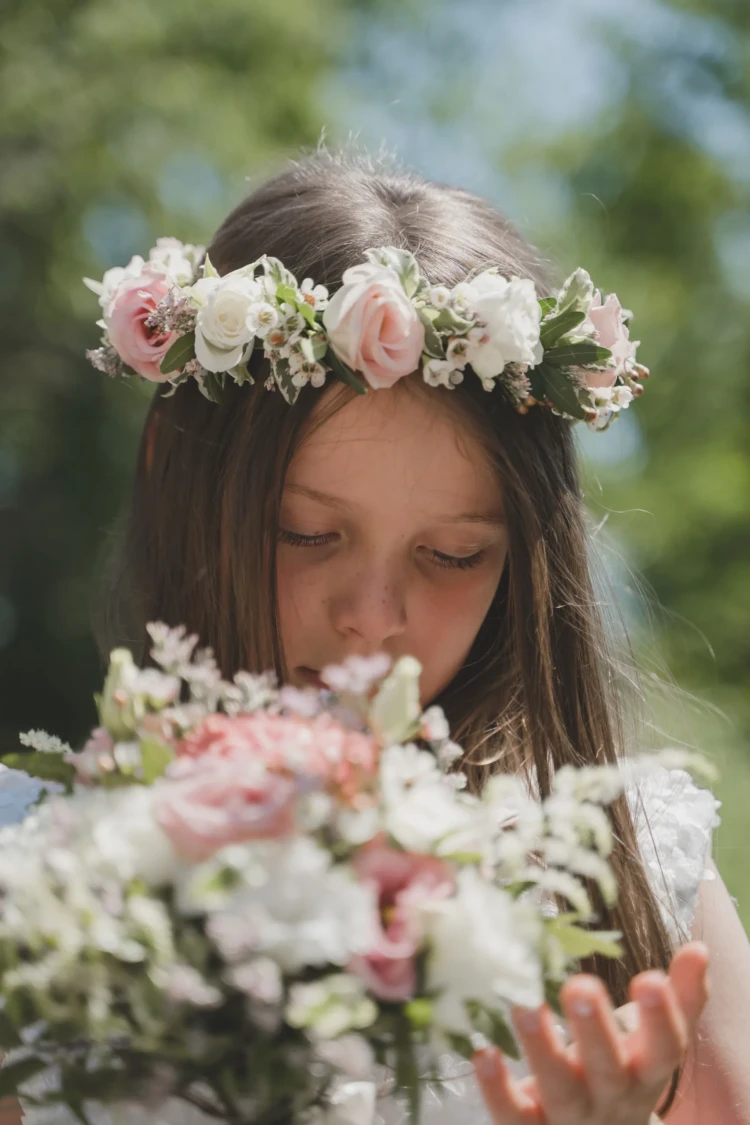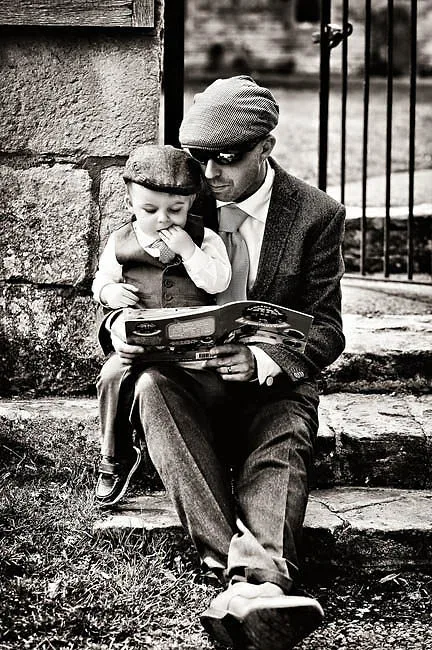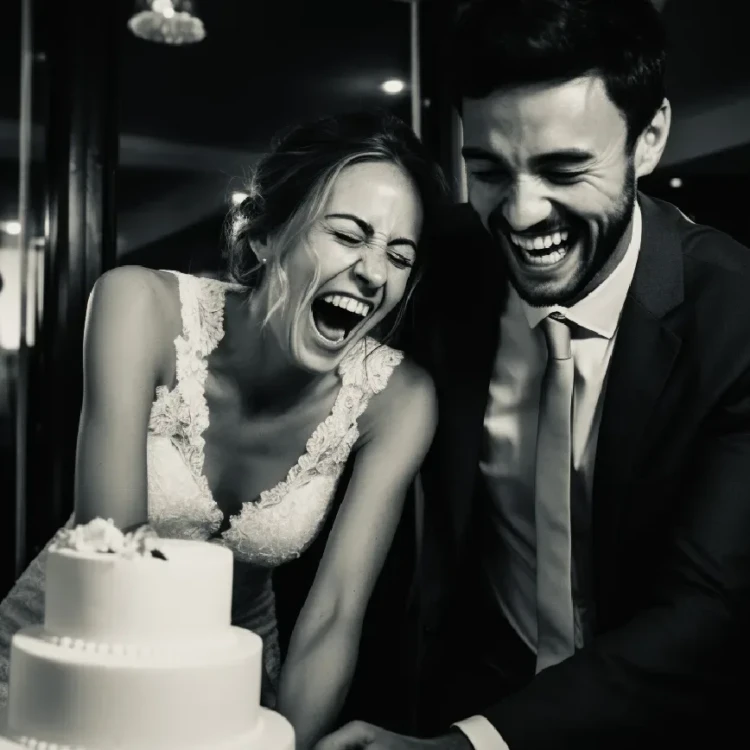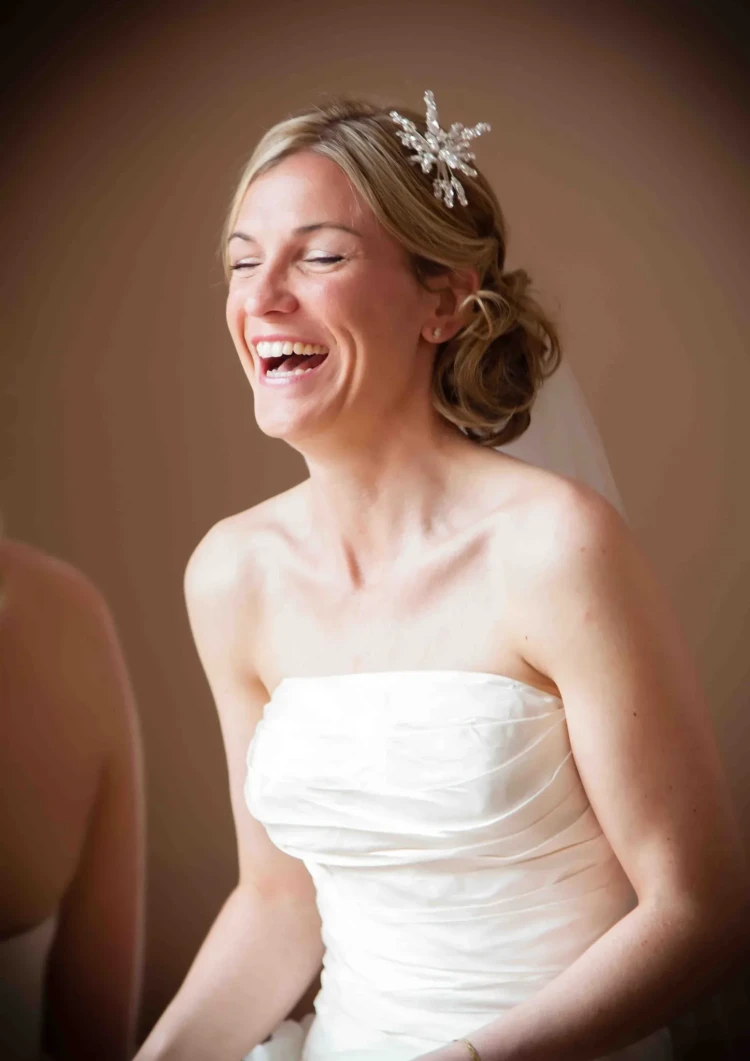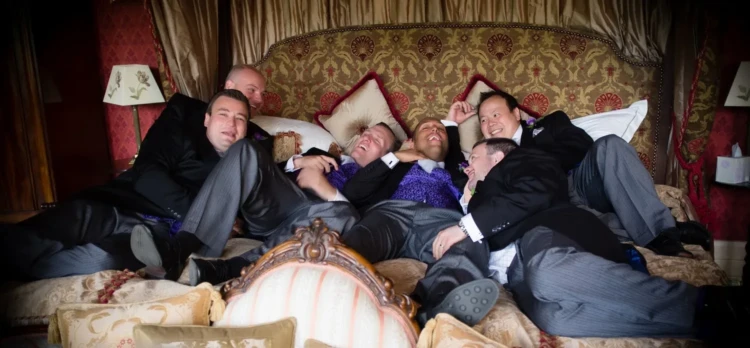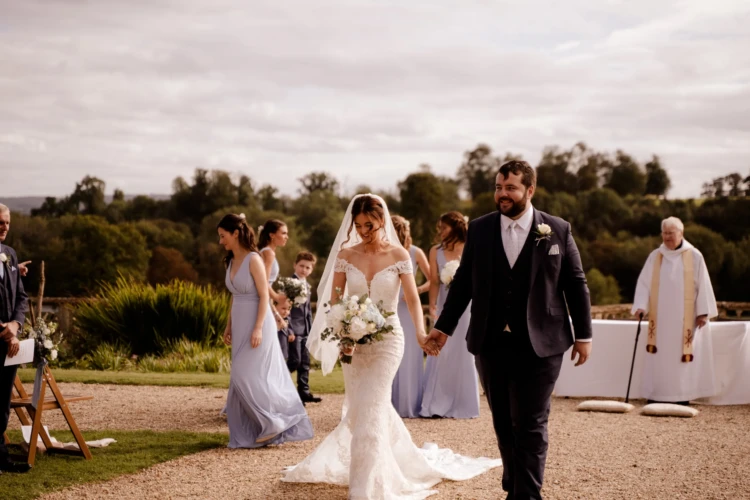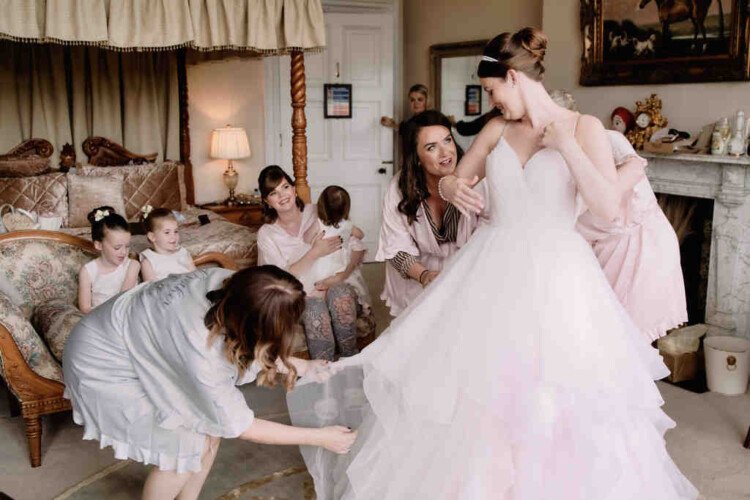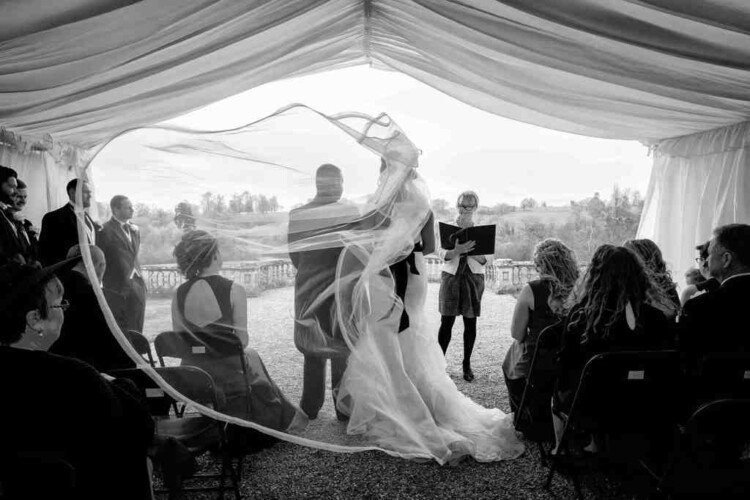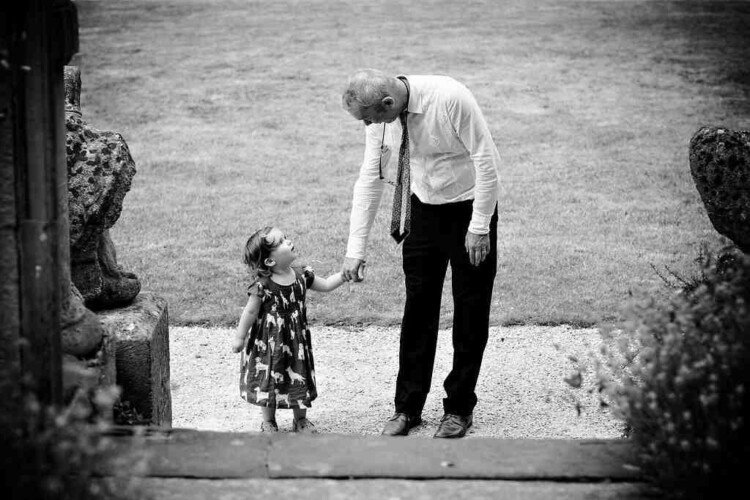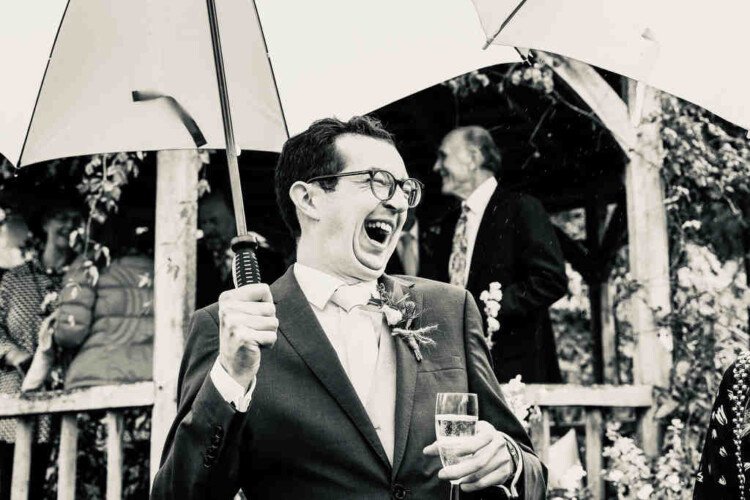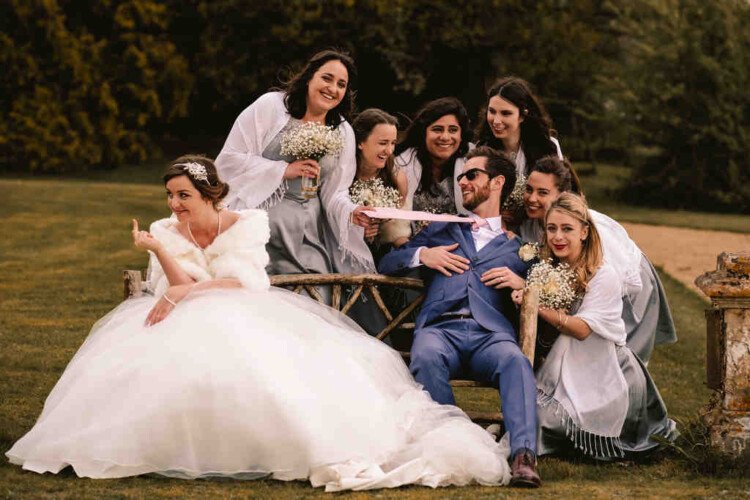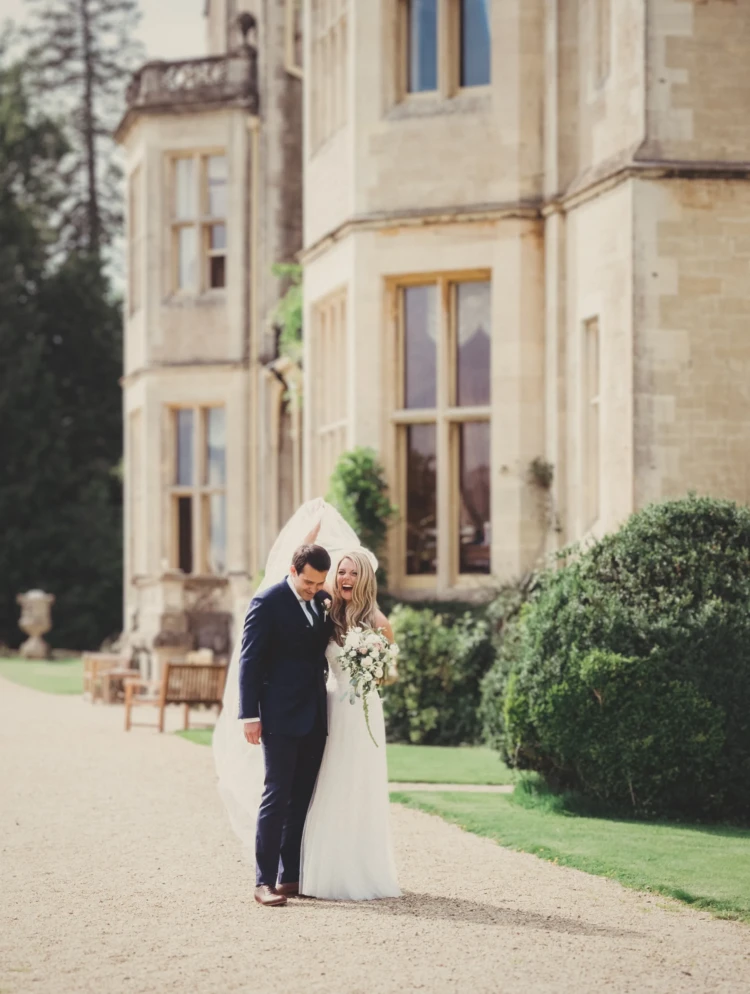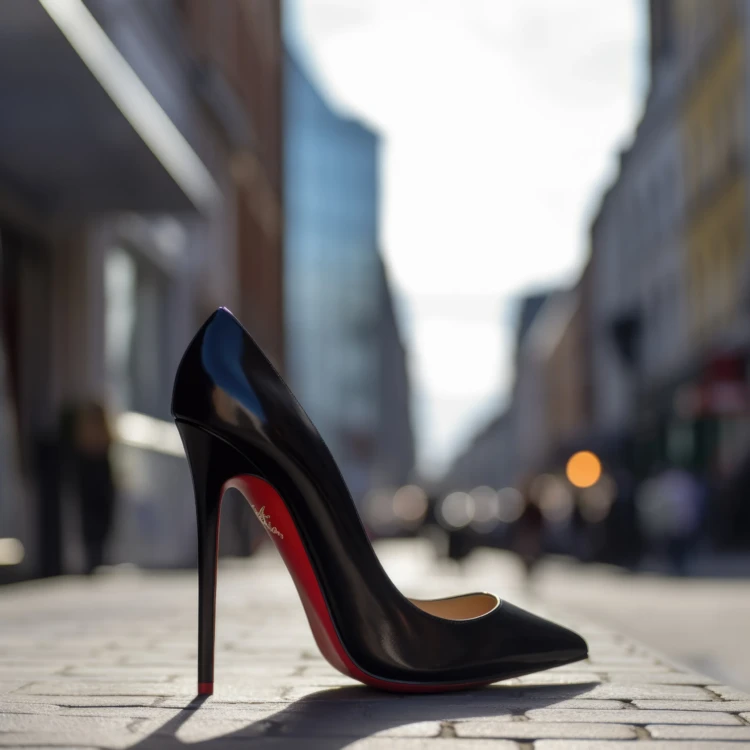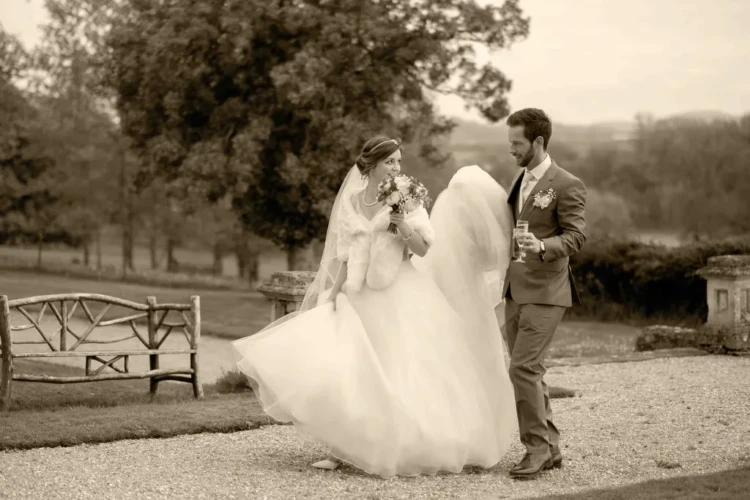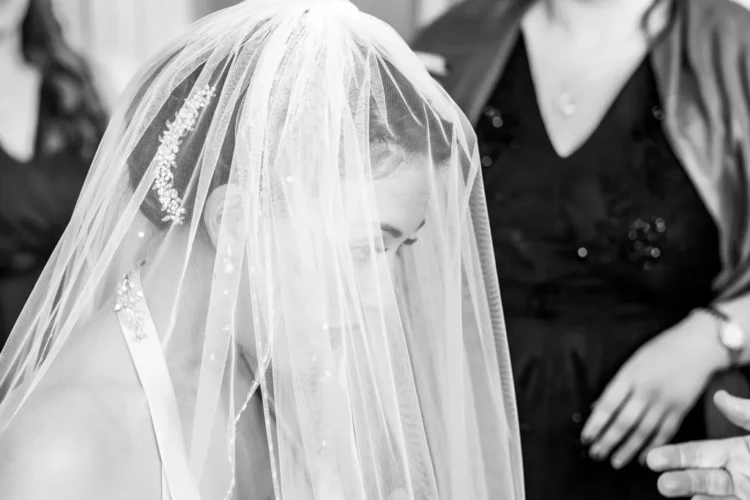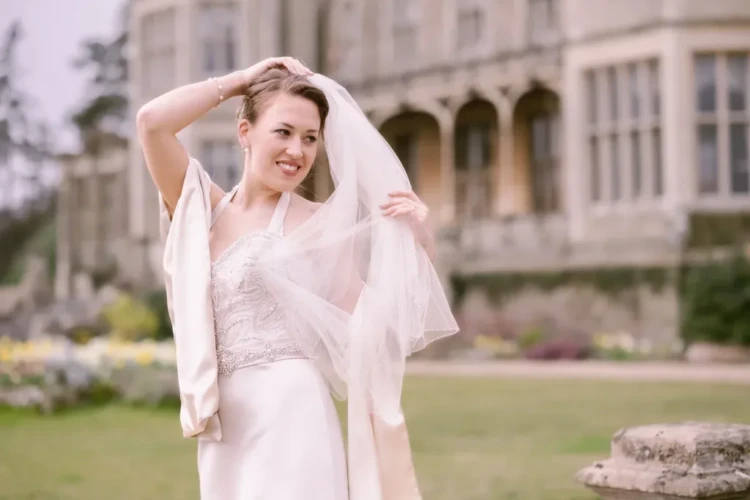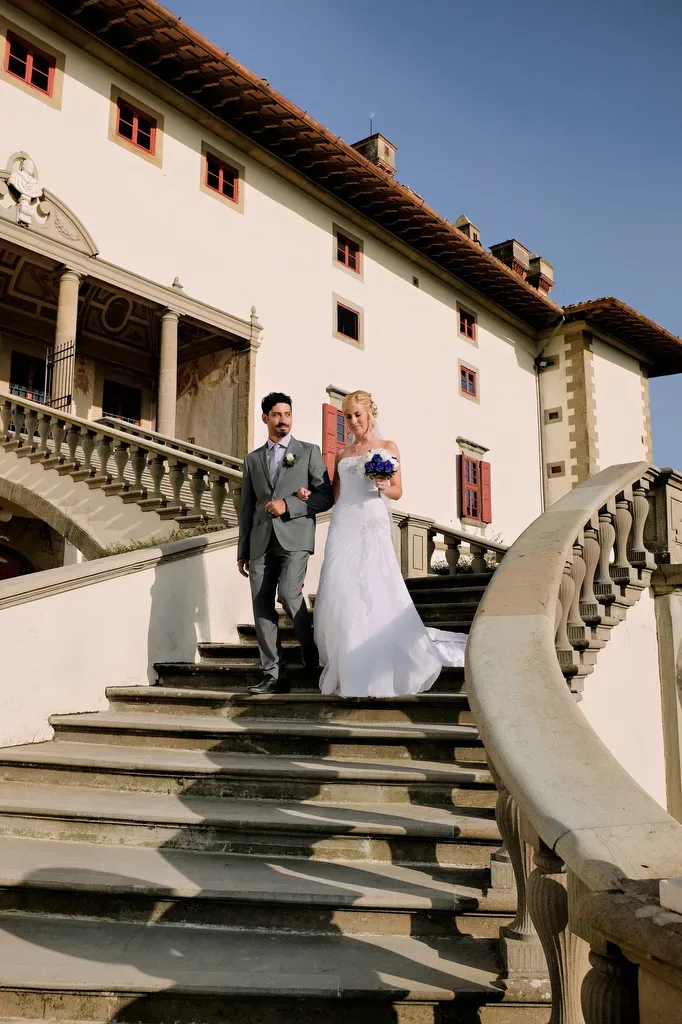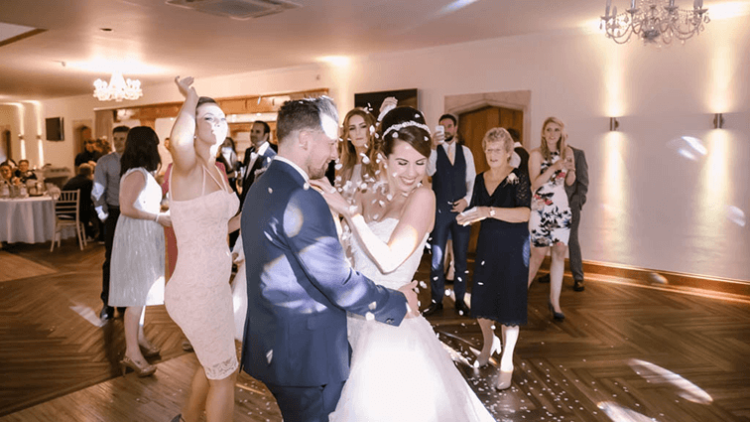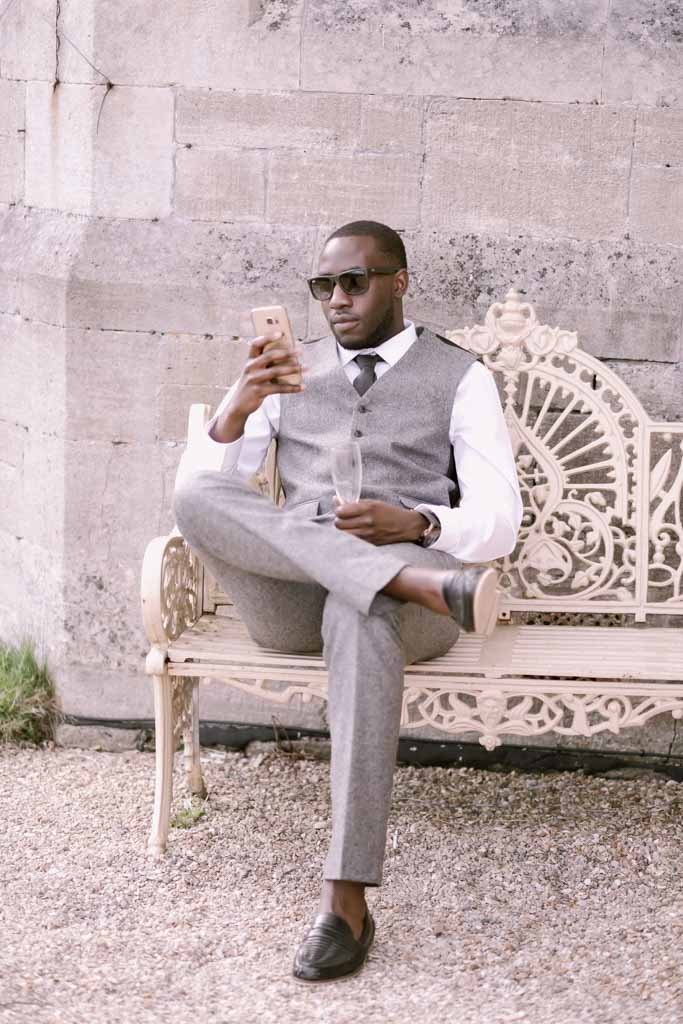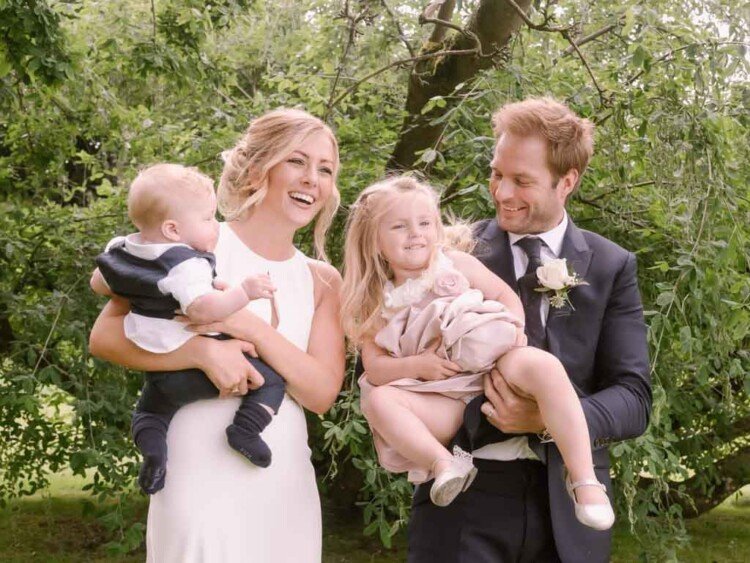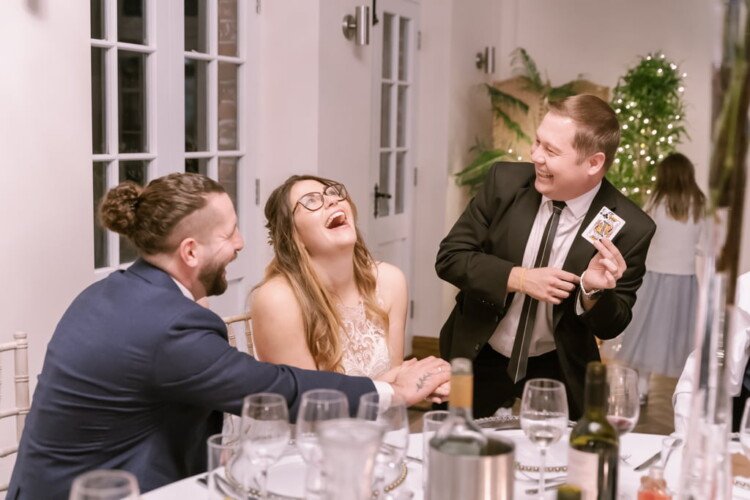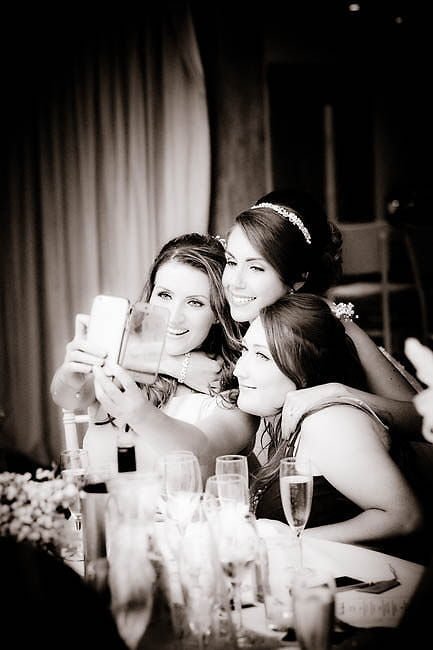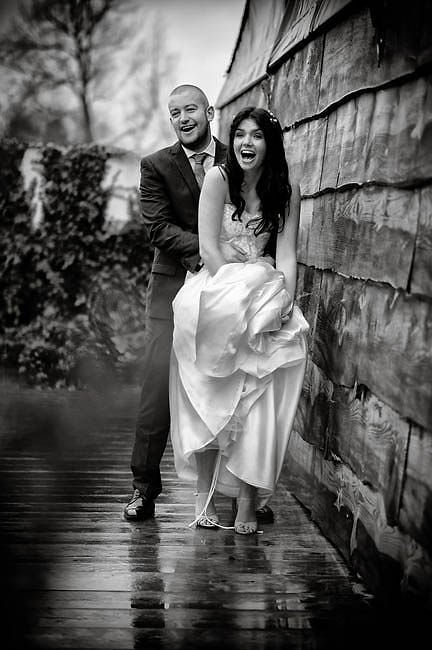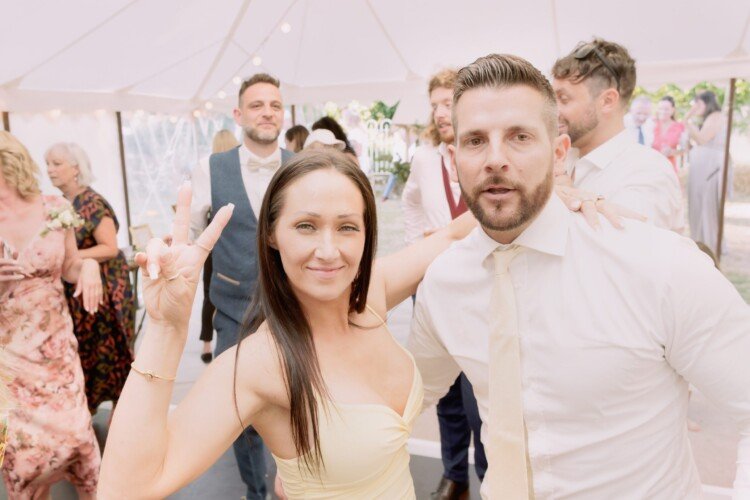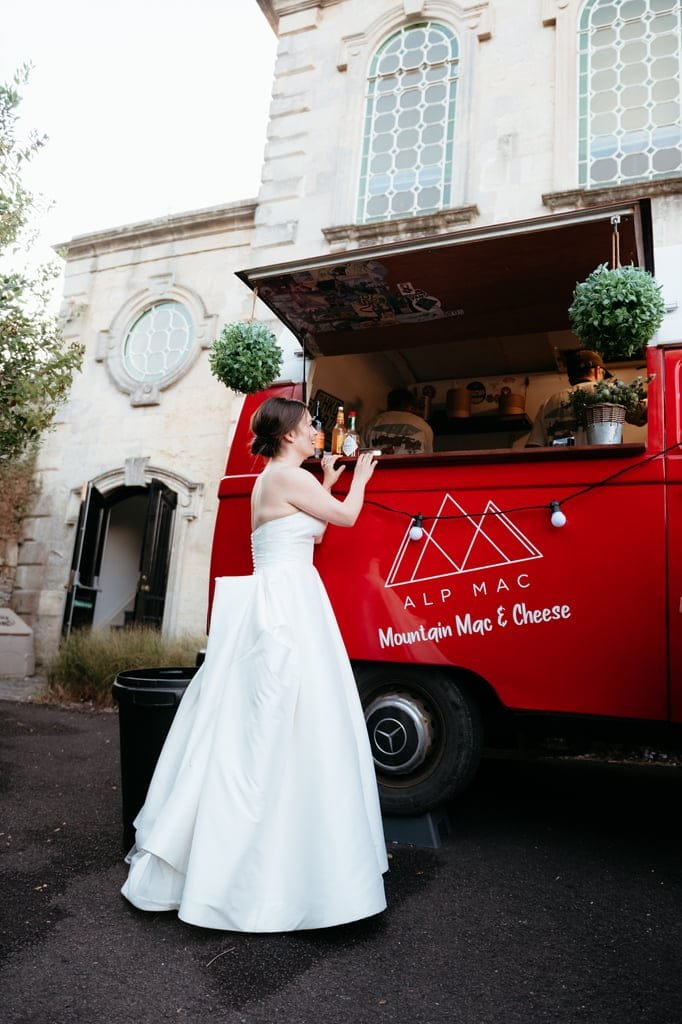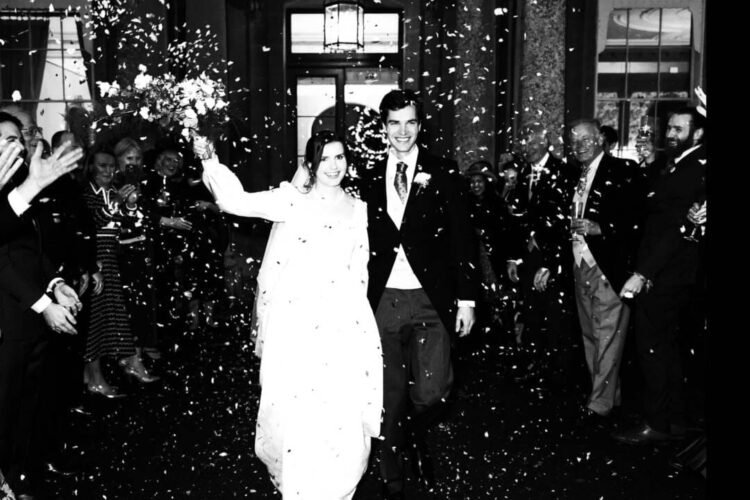The Art of Storytelling Through Wedding Photography:
Introduction
Wedding photography is more than just capturing beautiful images. It’s about telling a story that reflects the emotions, relationships, and the unique journey of the couple. By weaving together candid moments, intimate details, and the larger events of the day, photographers can create a visual narrative that the couple can cherish for years to come. In this article, we will explore the various aspects of storytelling in wedding photography, the techniques that can be employed to capture authentic moments, and how photographers can incorporate the couple’s personality to make their wedding album truly unique.
The Power of Storytelling in Wedding Photography
Why Storytelling Matters
Storytelling in wedding photography is the key to creating emotional resonance. While traditional posed shots offer formal records of the event, they often lack the warmth, spontaneity, and joy that characterize the actual experience of the day. A good wedding photographer understands that every wedding is a unique story that needs to be told with authenticity. The goal is to create a collection of images that represent not only what the day looked like but what it felt like.
Connecting Moments for a Seamless Narrative
A wedding day is full of contrasting emotions: anticipation, joy, tears, and laughter. These moments happen rapidly and often simultaneously. To craft a seamless story, photographers must be able to link these emotions through a series of images. The preparations before the ceremony, the nervous excitement during the vows, and the wild celebrations at the reception all form part of this emotional journey. The story is in the transitions between these key events, and it’s the photographer’s job to capture them.
Techniques to Enhance Storytelling
1. The Importance of Candid Photography
Candid photography is at the heart of storytelling in wedding photography. While posed portraits of the couple, family, and friends are important, candid shots capture the real emotions and spontaneous interactions that tell the true story of the day. Candid moments allow for a natural flow to the narrative, showing the couple and their loved ones in an authentic, unguarded light.
Capturing Genuine Reactions
One of the best ways to tell a compelling wedding story is by focusing on the genuine reactions of the bride, groom, and guests. Whether it’s the tearful gaze of a parent, a child’s innocent laughter, or the heartfelt reactions of the couple seeing each other for the first time, these moments bring the story to life. By keeping a low profile, photographers can ensure they capture these raw, emotional moments without interrupting them.
Techniques for Shooting Candids
- Long lens photography: This allows the photographer to shoot from a distance, maintaining the authenticity of the moment.
- Staying alert: Being aware of emotional cues throughout the day helps photographers anticipate when key moments will happen.
- Using continuous shooting mode: This helps capture multiple frames, increasing the chances of getting that perfect candid shot.
2. Highlighting the Details
Every wedding has its own unique style, defined by small details that reflect the couple’s tastes and personalities. The wedding dress, the rings, the venue décor, and even the food are all parts of the larger story. By focusing on these elements, photographers can add depth to their narrative.
The Bride and Groom’s Attire
Photographing the bride’s dress before it’s worn, capturing the intricate lace or the train laid out on the floor, creates anticipation for the moment when she will walk down the aisle. The groom’s details—his cufflinks, tie, or boutonnière—also deserve attention. These close-ups not only add variety to the wedding album but also provide context for the bigger moments.
Capturing the Rings
The wedding rings are a central symbol of the day, representing the couple’s commitment to one another. Close-up shots of the rings, perhaps alongside other significant objects like the wedding invitation or flowers, can make for striking images that tell part of the couple’s love story.
Creating a Cohesive Flow: A Beginning, Middle, and End
1. The Pre-Ceremony Preparations
The storytelling process begins long before the ceremony itself. Some of the most emotionally charged moments occur as the bride and groom prepare for the big day. The laughter shared between bridesmaids while doing hair and makeup, the groom adjusting his tie in the mirror—these are all parts of the wedding narrative that set the stage for what’s to come.
Capturing Anticipation
Focusing on the nervous excitement as the couple gets ready helps build the narrative arc of the day. Close-ups of the bride putting on her shoes, or the groom receiving a final pep talk from his best man, help create a visual prelude to the ceremony.
2. The Ceremony: The Emotional Peak
The wedding ceremony is typically the most anticipated and emotional part of the day. Photographers must be ready to capture the fleeting moments that occur here: the exchange of vows, the first kiss, and the reactions of family members. These moments are often the climax of the wedding story.
The First Look
Some couples opt for a “first look” before the ceremony, where the photographer captures the groom’s reaction to seeing his bride for the first time. This is a powerful, emotional moment that can set the tone for the rest of the story.
3. Post-Ceremony Celebrations
After the formalities of the ceremony, the atmosphere becomes more relaxed and celebratory. This is the time to capture laughter, joy, and interactions between guests as the couple moves from being married to celebrating with their loved ones.
The Reception
The reception provides ample opportunities for candid photography. Whether it’s the bride and groom’s first dance, the toasts, or the wild fun of the dance floor, these moments often convey joy, energy, and a sense of community.
Personalizing the Story: Incorporating the Couple’s Personality
1. Location-Specific Shots
Choosing locations that have meaning to the couple can add depth to the wedding story. If the couple has a favorite park, café, or even a location that played a role in their relationship, incorporating these places into the shoot gives the photos a personal touch.
2. Themed Photography
Some couples may want to incorporate a specific theme into their wedding. Whether it’s based on a shared love of travel, a favorite movie, or a hobby, themed photography sessions can add a layer of creativity to the wedding album. For example, a couple that loves vintage fashion might have a 1920s-inspired wedding, and the photos can be styled to match that era.
Post-Production: Enhancing the Story Through Editing
1. Color Grading and Mood
Post-processing plays a significant role in how the final wedding story is told. By applying color grading, the photographer can enhance the mood of the images, whether it’s a soft pastel tone for a romantic outdoor wedding or a vibrant palette for a lively indoor celebration.
2. Black and White Conversion
Sometimes, the simplicity of black and white photography can be more powerful than color. Black and white photos are particularly effective for capturing raw emotion and timeless moments.
3. Selective Focus
Using selective focus in post-processing can draw attention to specific elements of the scene, helping to emphasize important moments or details in the narrative.
Conclusion
Storytelling in wedding photography is about much more than taking beautiful photos—it’s about capturing the essence of the day in a way that allows couples to relive their emotions and memories for years to come. By focusing on candid moments, intimate details, and the overall flow of events, photographers can create a compelling and personalized story. Incorporating creative techniques, such as themed photography or location-specific shots, adds further depth to the narrative. Post-production editing then serves to enhance the story, adding mood and refinement to the final album. By mastering the art of storytelling, wedding photographers can transcend traditional photography, creating timeless visual stories that couples will treasure forever.

